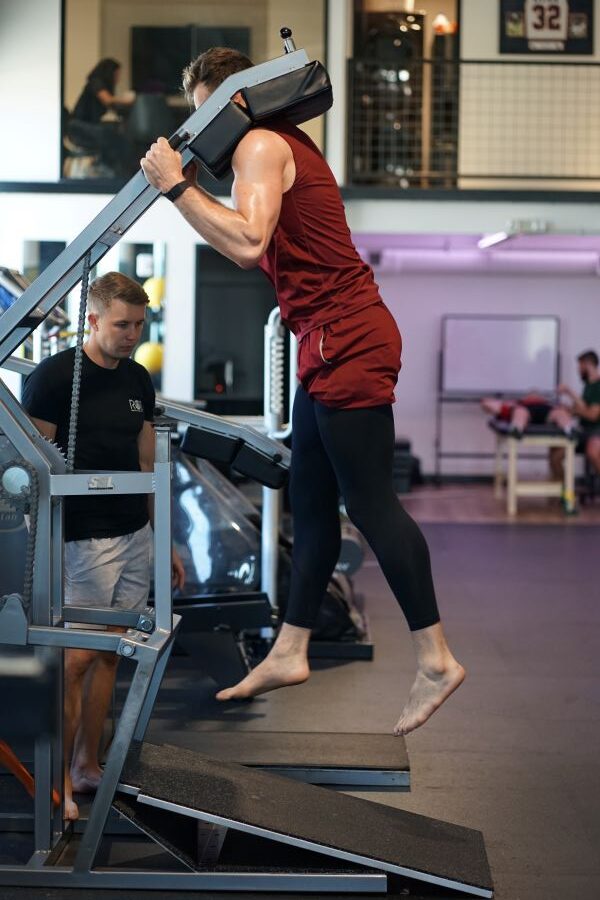In order to shoot a basketball, block a goal, serve a tennis ball, or grab a high line drive, an athlete must be able to jump explosively. In order for your body to land safely, muscles, tendons, ligaments, and joints all have to work well together. Jumping is a key component in so many sports. Plyometric training, aka plyos, is essentially jump training. When done correctly, plyometric training can improve an athlete’s physical performance in sports. Read on to learn more about plyometrics, what it is, and how it can help you win.
Creates extraordinary athletic qualities: For competitive athletes, explosiveness and movement are essential. Plyometrics helps athletes to move more efficiently; once movement is mastered, a focus on sport-specific explosive training helps to sharpen skills. These qualities can enhance athleticism and set plyometric-trained athletes apart.
Jump around: Plyos are known as jump training because during this kind of training, muscles exert maximum force in short time intervals and creates a phase during the movement where the tendon stretches, known as the amortization phase. Repeated jumping helps to focus on moving from muscle stretch to contraction very quickly. This speed and force of different movements helps to increase the overall power of an athlete.
Not just jumping: Different exercises can be implemented in plyometrics such as throwing, running, kicking, sprinting, punching, and doing pushups. Propelling your body off the ground is an essential move in so many sports and activities, and plyos helps athletes do all of these things more effectively.
Not just for athletes: While it takes some skill to perform plyometric exercises, patients doing physical rehabilitation or people aiming to get a strength workout can use plyos as part of their training. Plyometrics can help athletes get in shape, rebuild strength, and restore some physical function.
Examples of exercises: As a kid, did you ever hop, skip, and jump around? If so, then at a young age, you were doing some dynamic plyo movements. A plyo workout could include a varied series of hops and jumps like jump squats or one-leg hops. An athlete might work on box jumps, bench jumps, skaters, or hopping over cones. Machines might be used as well. The speed of exercises can vary.
Stretching and strength: Each time an athlete lands a jump, the muscles and tendons get a chance to stretch, which gives the next jump even more power. Contracting and stretching muscles and tendons gets them into shape for athletic activity, increasing flexibility. Plyometrics have been shown to elicit major strength gains, even more than just conventional lifting alone.
More benefits: Training in plyometrics uses the body’s ability to store and release energy in an efficient manner. This produces powerful movements. Plyo not only builds power in the muscles, but it also helps to boost agility, balance, and strength. Legs get a great workout from jump training; glutes get fired up from plyo moves. Even bones can benefit from plyo by gaining density from strength and high-impact moves. Structured plyometric training also can reduce the risk of injury for athletes.
Mix in other movement: Plyometrics are a high-intensity, high-impact kind of exercise, and should not be performed on consecutive days. These workouts take a lot of energy. Be sure to work in cardio and other strength training in addition to jump training.
Get guidance: Because these moves are so explosive, it’s wise to work with a professional trainer as you learn how to performa and programplyometrics. This will help you to safely jump and land to prevent injuries. Adding a few plyometric moves to your workouts is a good way to ease into it. Be sure to check and get cleared with your doctor before beginning a new exercise routine.
How it works at ROI: ROI uses three different techniques in plyometrics: exposing tendons to heavy load and increasing tendon stiffness, using cyclical movements to produce a spring-like ability in the tendon, and “shock method” training to increase neural efficiency to the working muscles. ROI uses the Sports Science Lab Plio machine to help develop both strength and power. This helps trainers at ROI to tailor plyo programs to each athlete, with a focus on his or her specific sport.
Work with experts: ROI’s strength and conditioning coaches are experts in helping athletes to grow and adapt for their specific sport. Programs at ROI are centered on movement variability, power output, explosiveness, and injury prevention.
Reach out to ROI for more information on how to get started with the routine that’s right for you, or call 512.962.9141 to find out more.

